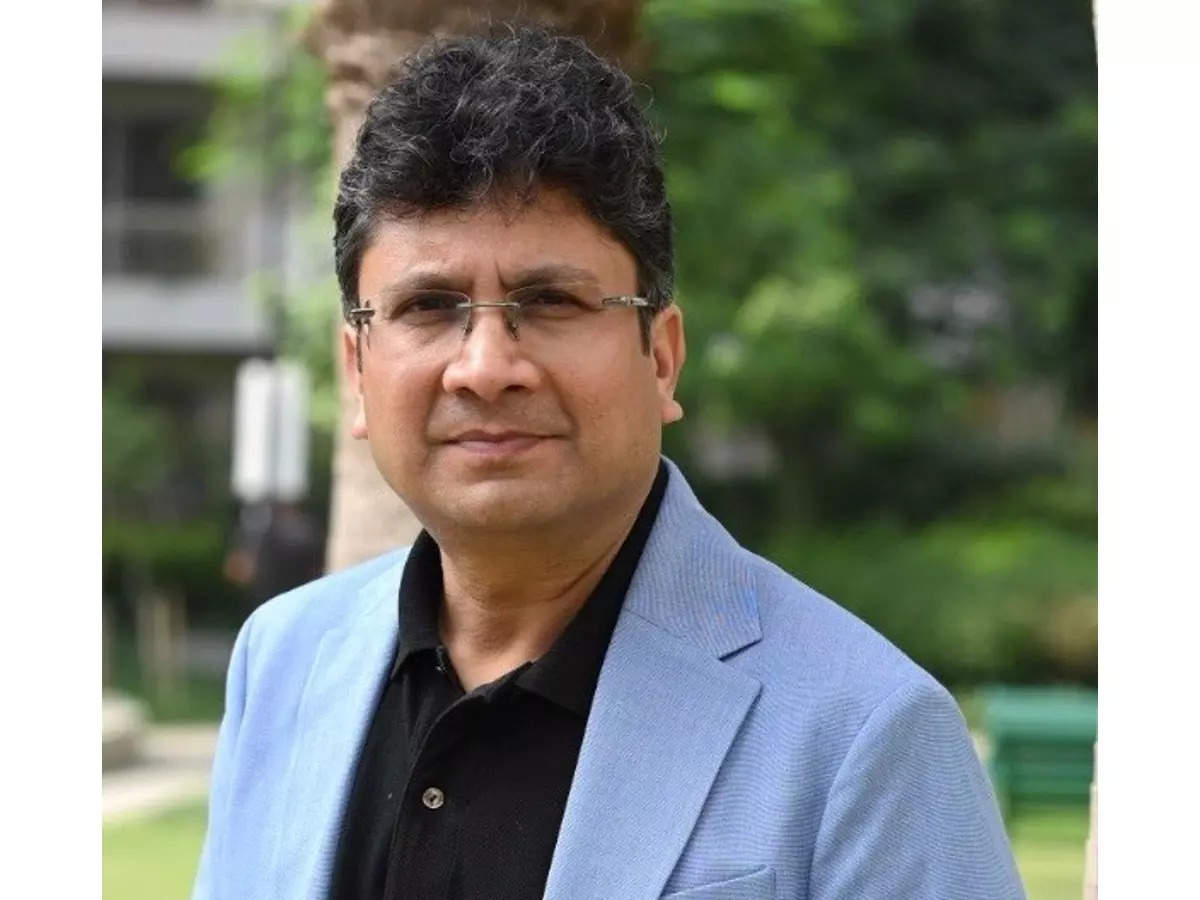
New Delhi: Is the classification of consumers merely into rural and urban a passe? Like many other industries, vehicle makers have also begun talking about sub-segmentation and premiumisation within rural markets now, after adopting this strategy for urban consumers.
In 2023, rural demand has slowly begun to return from smaller towns and villages across India in the December quarter but the two wheeler industry believes it will post double digit revenue growth in the fiscal year starting April 1, 2024, due to increasing demand for premium products in the hinterland.
In the latest call with analysts after the results for the December quarter of FY24, when there were several questions on rural demand revival for motorcycles and scooters, Hero MotoCorp CEO Niranjan Gupta told one analyst, “I think we make too much out of the rural demand signals”. And then went on to describe the sub-segmentation within rural markets. “…if you look even within rural, you have a more aspirational, more urbanised class…I just said that we take our cue more from the inquiries coming from other players in the two-wheeler space.” Hero has seen inquiries from rural markets increasing to reach 50% of all inquiries in the December quarter from the earlier mix of 40% rural and 60% urban.On rural demand projections, Gupta said that at the bottom of the pyramid, the heavy capex spending by the government, digital inclusion and improvement in sentiment of the hospitality industry has lifted the sentiment of the consumer. “We clearly see the positive signals which are emanating from the rural sector as well and we will see in the coming quarters growth picking up from that segment.”
Not only is the rural demand scenario looking up, Gupta said during this call that the demand in the premium end of each motorcycle segment has been outstripping overall industry growth because “India is the story of many Indias”. So within even the premium motorcycle segment there is upper premium and middle premium. “You see, even in 125cc, if you segment it into two- which is the upper premium 125cc and let’s say a non-premium 125cc, then that’s also growing. So, you’ve seen every segment, you kind of see premiumization and that’s growing. So, it’s not just about the top end of India which is growing, you can see aspirations of people growing.”
It is interesting to note that TVS Motor India said just a few days ago that rural demand revival is visible but slow. CEO K N Radhakirshan said after Q3 results that while there was a slight uptick in the demand for mopeds, “But these are early signs. I think we have to wait because still buying power of these entry-level customers, especially in the rural, it’s only improving, it has not come to the normal level.”
Meanwhile, Goldman Sachs has noted in a report, “The Rise of Affluent India”, that the share of motorcycles below 250 cc will reduce sharply over the next few years. At present, nearly half the profit of the motorcycle industry comes from the sale of vehicles which are less than or just about 250cc, but by FY28, their share in profitability will halve and such bikes will account for just about 25% of the industry profit. The share of above 250 cc bikes in this pie will increase from 27% now to 41% in the next four years. Obviously, premiumisation in both rural and urban markets is driving this trend!
In the same report, data on sales of motorcycles also shows that growth in the 75-110 cc segment – the entry level segment fell rapidly after Fy19, with FY23 the first year thereafter to witness any growth (at 5%). But the 110-250 cc categories (mid and premium motorcycles) grew by more than a fifth at 22% each in FY23. Mopeds – entry level two wheelers, continued to decline at -7%.
EV in three price segments:
How does Hero counter the aggressive price war which is currently underway in the electric scooter market? Well, by the first quarter of FY25 (April-June), Hero will be present at three price points, including ‘affordable’ and mid segment. “…In short you will see our price action combined with the product action and not as a standalone, and expansion of the portfolio,” Gupta said. Hero has lined up three electric scooter launches for the year (in ‘mid’, ‘affordable’, and ‘business-to-business (B2B)’ segments). It currently sells only one electric scooter, ‘Vida’.
And just as it is chasing premiumisation in the motorcycle segment, Hero MotoCorp is also looking to traverse the electric vehicle chart by starting out at the top. It is working on launching an electric bike in the ‘performance’ segment. Gupta said it makes sense to start at the top because customers here can afford the price and the company will ease into lower priced electric motorcycle segments as the technology evolves and pricing becomes easier. It will be some time before an electric commuter motorcycle is unveiled by Hero, though, since the market right now is nearly completely skewed towards electric scooters.
















